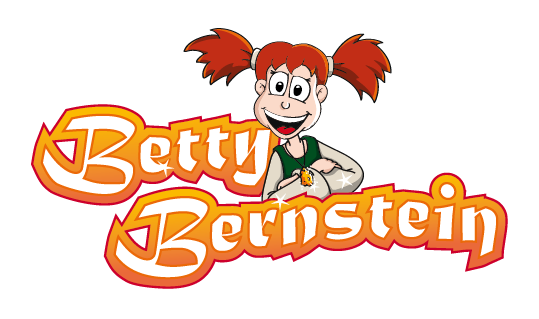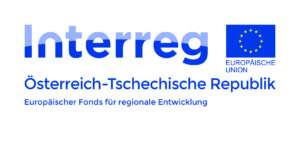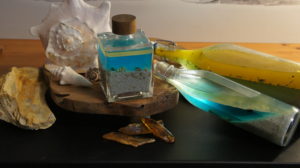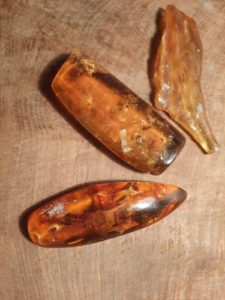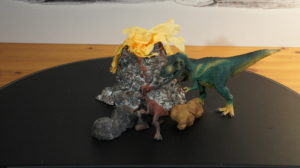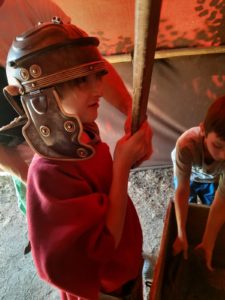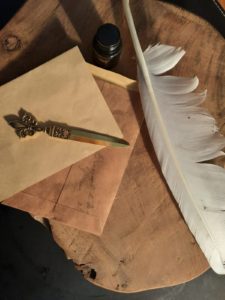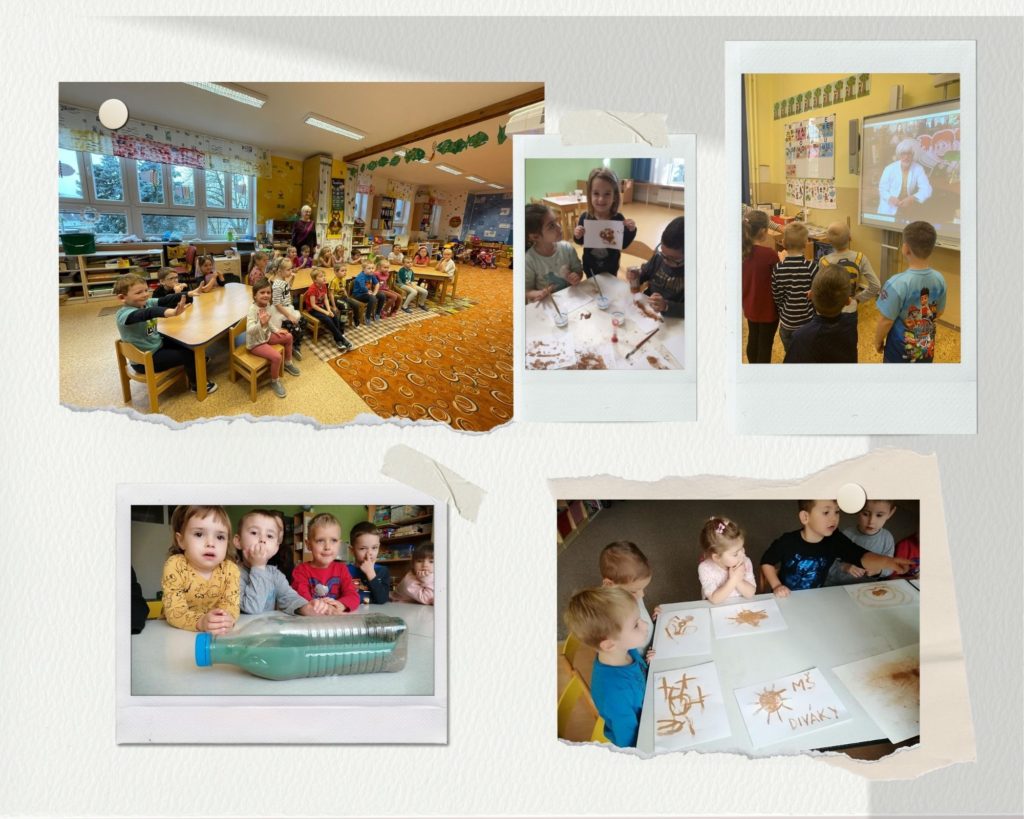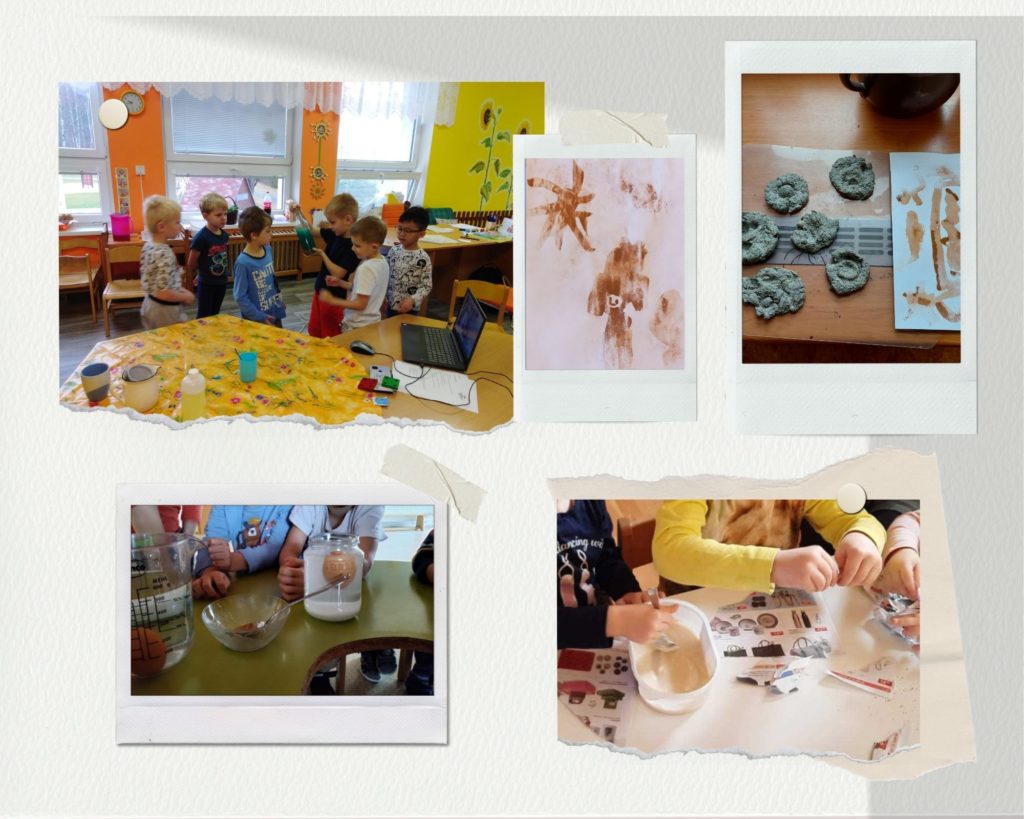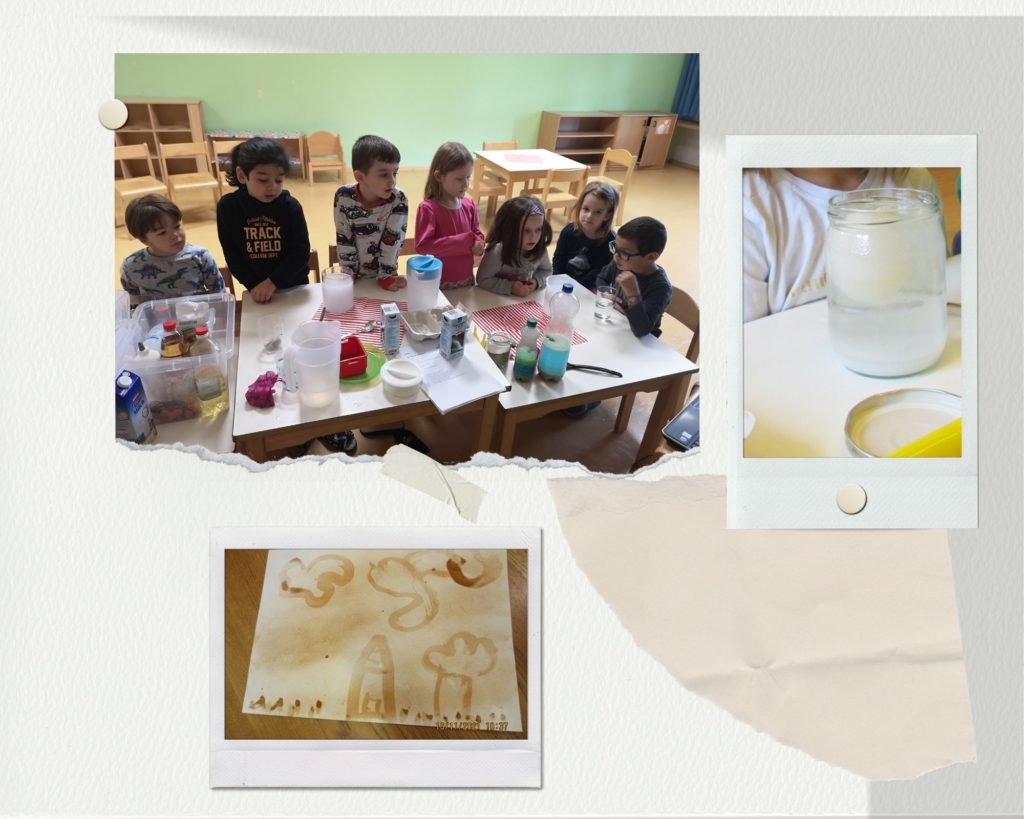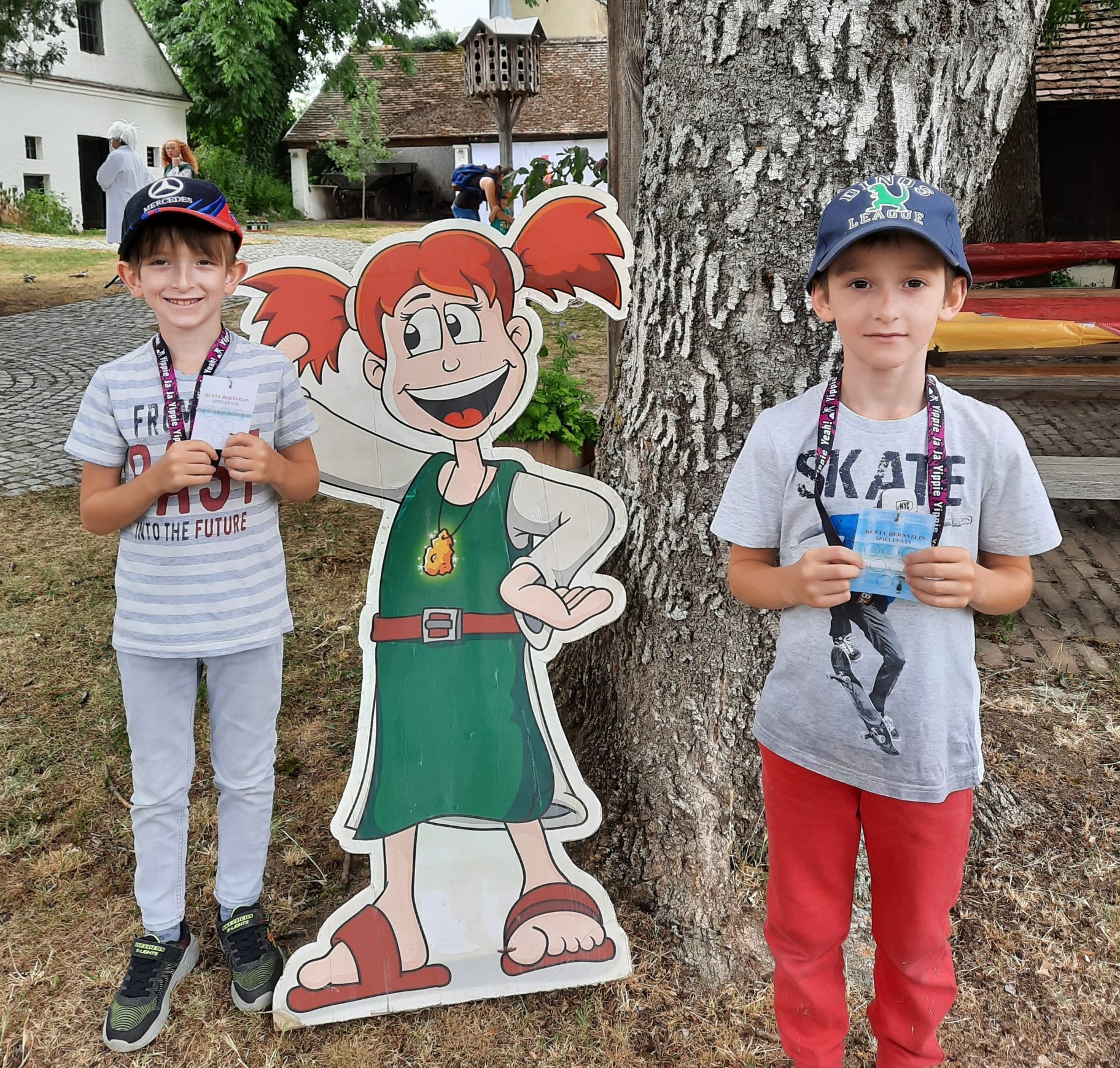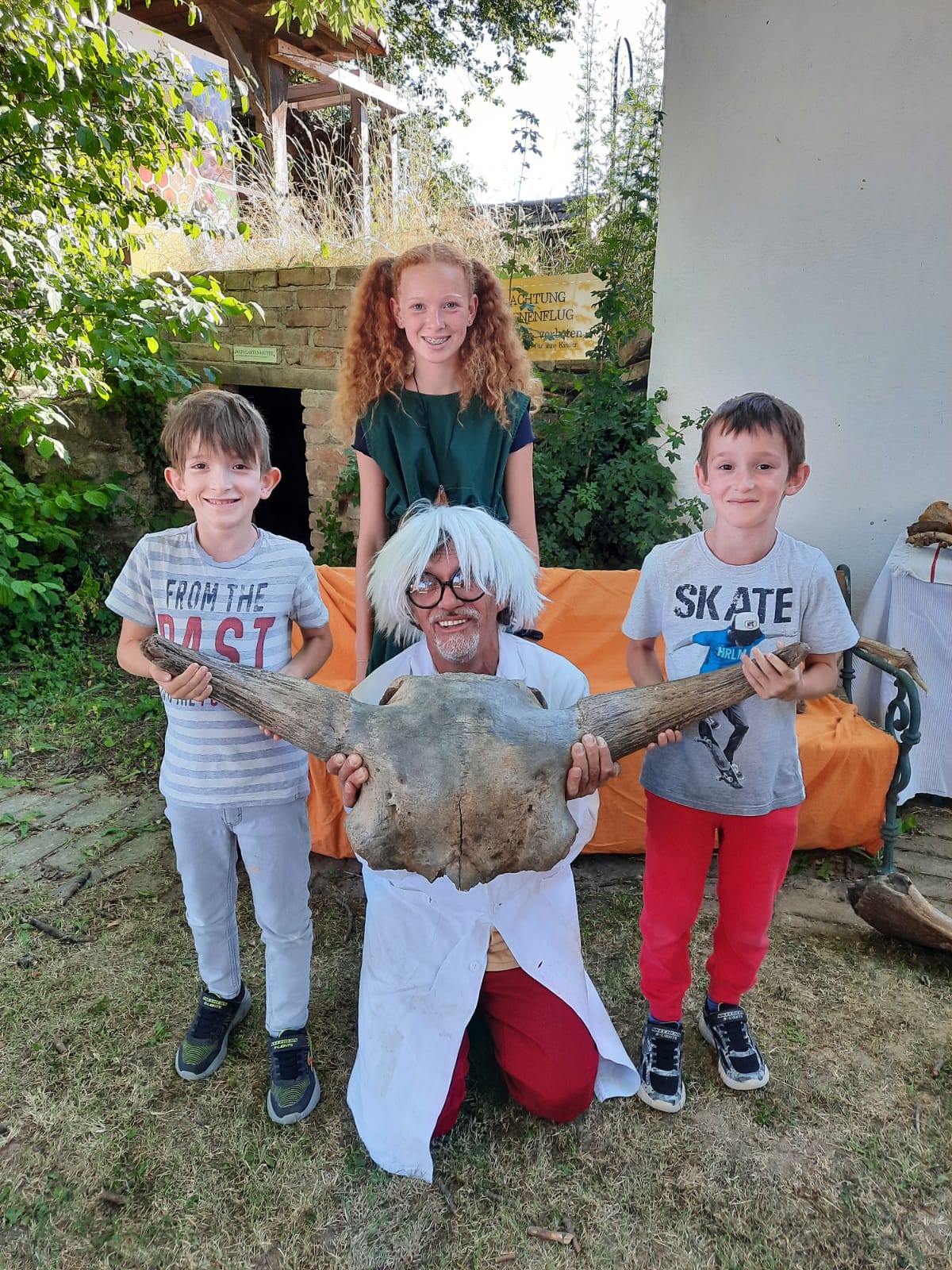
Explorer Day with Betty & Bernie
Online Researchers' Day with Betty Bernstein and the Nutty Professor
Betty Bernstein, the girl with the red pigtails and the
amber and the crazy professor Bernie Börnstein are the mascots of the
mascots of the Austrian Amber Road. With them you can
time travel and experience history up close with the help of exciting experiments...
We visit the Stone Age, play with the ancient Romans and send secret messages to knights and kings.
secret messages to knights and kings. We make our own
sea and create waves. We make very special fossils out of
special fossils out of newspaper and explore amber. What is amber and what makes
it so special? How can you recognise amber and how does it differ from simple stones?
As part of the online Researchers' Day in November 2021, we made a "journey through time for little researchers" in the digital space.
The Researchers' Day was supported by the Department of Kindergartens of the Office of the Lower Austrian Provincial Government within the framework of the INTERREG V-A project EduSTEM (ATCZ220) organised.
We have summarised all the experiments and results here:
The Amber Road in general
The Austrian Amber Road is an association with about 30 museums and excursion destinations along the historic Amber Road. It is one of the oldest north-south trade routes in Europe and stretches from the Baltic Sea to the Adriatic Sea.
Betty Bernstein, the girl with the red plaits and the magic amber is our mascot. She is a guide for the whole family in the Weinviertel. Whether at castles, palaces, thermal spas, museums or nature, national and wildlife parks. With her, exciting journeys through time are guaranteed!
Betty's friend, the crazy professor Bernie Börnstein, is an expert in the coolest experiments around amber and explores the history of our ancestors with us.
You can see Betty and Bernie in full action at events and festivals along the Amber Road. There are also more experiments, ideas and stories to explore on our website and social media channels. We look forward to seeing you!
The primordial sea in a bottle
Materials:
max. 1L bottle with functioning screw cap (glass or solid plastic and transparent)
1 Funnel
1 large cup of sand from the sandbox (as clean as possible)
Alternative: aquarium gravel or decorative sand from the hardware store
Water
Food colouring already dissolved in very little water (blue or green)
Cooking oil (max. 250ml)
a few small stones, shells or snails (must fit through the neck of the bottle)
Procedure:
Please provide the empty bottle, funnel and all ingredients. This experiment is best done by the educators themselves. Children can help with filling the ingredients if possible.
- Fill with sand
- Add stones, mussels or snails
- Fill with water
- Fill with food colouring
- Add oil
- Close bottle well
- Shake, observe and experiment
Can amber swim?
Materials:
Water glass (large enough for a chicken egg)
a raw hen's egg
if real amber is available, it can be used additionally
Water
1 packet fine salt
Spoon
Towel or tea towel for drying off
Procedure:
- Fill the water glass approx. 2/3 full with water.
- Carefully add the raw egg
- Egg sinks to the bottom (if the egg floats, it is old)
- Carefully lift out the egg with a spoon and dry off
- Repetition with amber, if available
- Add 3 large tablespoons of salt and dissolve it
- Test whether egg or amber floats
- If not, add salt again
- with the right salt-water mixture, the egg and amber float
We make fossil dinosaur poop!
Materials per child:
Newspaper (approx. 10 large pages per child)
4 tbsp. water
4 tbsp. vinegar
4 tablespoons sugar
2 tbsp flour
Homemade craft glue (or bought)
Recipe Craft Glue: Put 2 cups water, 5 tbsp vinegar, 2 tbsp flour, 2 tbsp starch (e.g. potato starch) and 5 tbsp sugar in a saucepan and put on the cooker. Stir and bring to the boil so that there are no lumps. Fill into a screw-top jar and put in a cool place. Keeps for 1-2 weeks in the fridge.
Procedure:
- Tear or cut newspaper into small pieces (the smaller the better).
- Mix well 4 tbsp water, 4 tbsp sugar and 4 tbsp vinegar.
- Mix the liquid with the newspaper shreds
- Mix in 1 large tablespoon of the craft glue
- Knead the mixture well
- Add more craft glue if needed, but CAUTION: the mixture should not get too wet.
- Sprinkle with 2 tbsp. flour (or more or less as needed).
- Knead until there is a good kneading mass
The mixture will keep for about a week in the fridge if you wrap it in foil or put it in a sealable container.
On the research day, each child gets a mass of plasticine about the size of a tennis ball. Together we will create a fossil that can be painted after it has dried.
Place the finished artwork in a warm place to dry. If possible, you can place it in the oven at 50°C.
Play like the Romans!
1 large tall container (e.g. a bucket)
at least 5 walnuts, hazelnuts or chestnuts per child
Procedure:
- We put a bucket on the floor about 3 steps away
- Each child in turn may try to shoot the nut or chestnut into the bucket
- If the goal is too easy, we go further away. If it is too difficult, we may come closer.
The aim is to sink all the nuts into the bucket.
Other play options:
Each child receives 5 walnuts or chestnuts. Then look for an inclined surface or set up a board at an angle. Each child may let one nut roll from top to bottom per round. If the rolled nut hits one or more other nuts, they may be collected. Whoever has the most nuts at the end is the winner.
Of course, the games are most fun outdoors!
Secret messages from invisible ink
a little (1- 2cl) milk per child
Paper for painting (white or coloured, A4 or smaller)
Brush (or cotton swab)
ground cinnamon (approx. 1 tsp per child)
small spoon
Possibly a mat or a large plate to catch the cinnamon.
Possibly an hourglass (not necessary)
Procedure:
- instead of paint we use milk as ink
- as our ink is invisible, painting becomes a bit of a challenge
- Afterwards, the ink should dry a little, if too much has been used, it may be dabbed off carefully.
- with the help of cinnamon sprinkled on the painted sheet, our ink becomes visible and we can eagerly admire the artworks
For smaller children or in general, we recommend spreading the cinnamon on a large plate and placing the sheet with the painted side on top. Move it back and forth a little and press it down, and the picture is visible.

